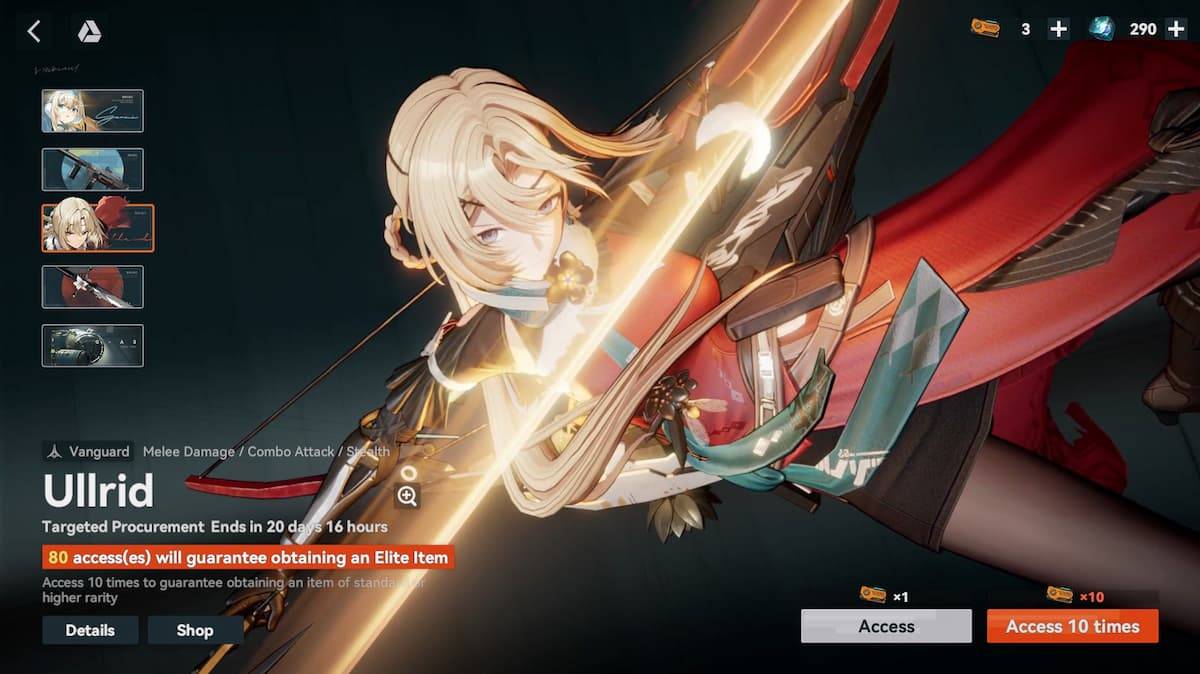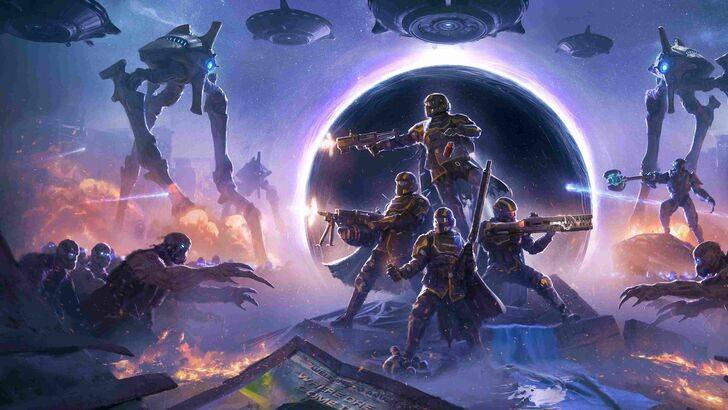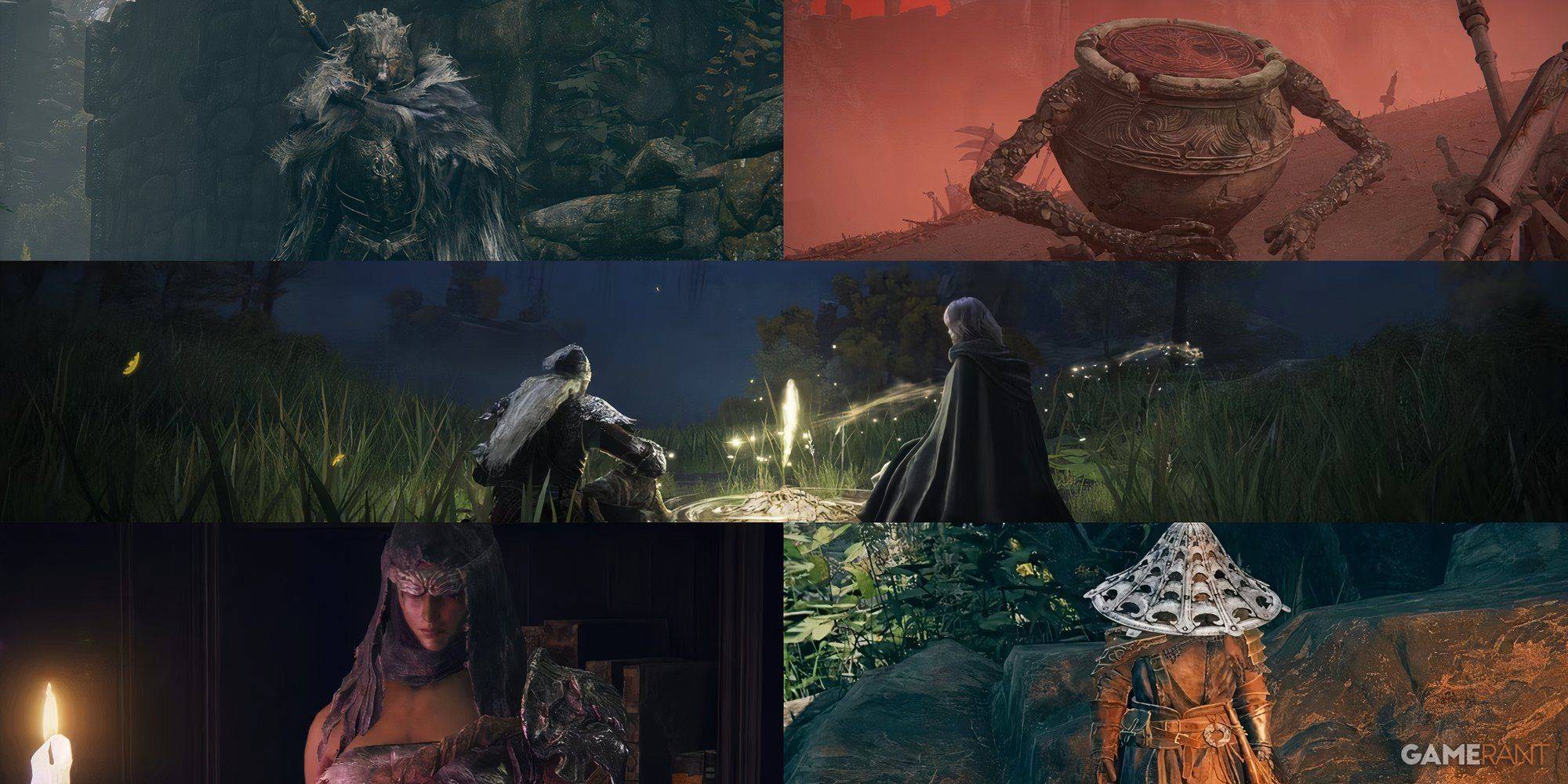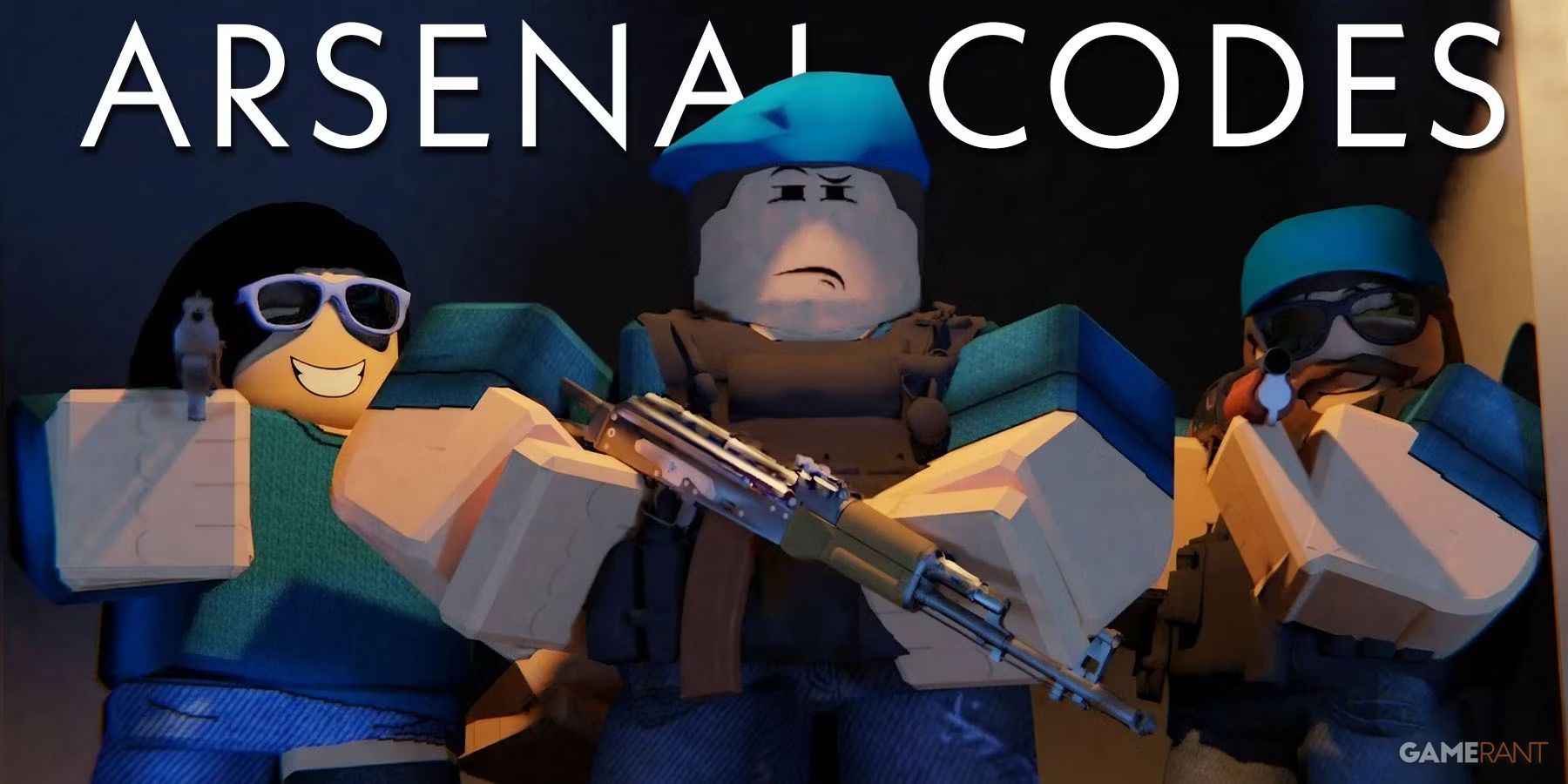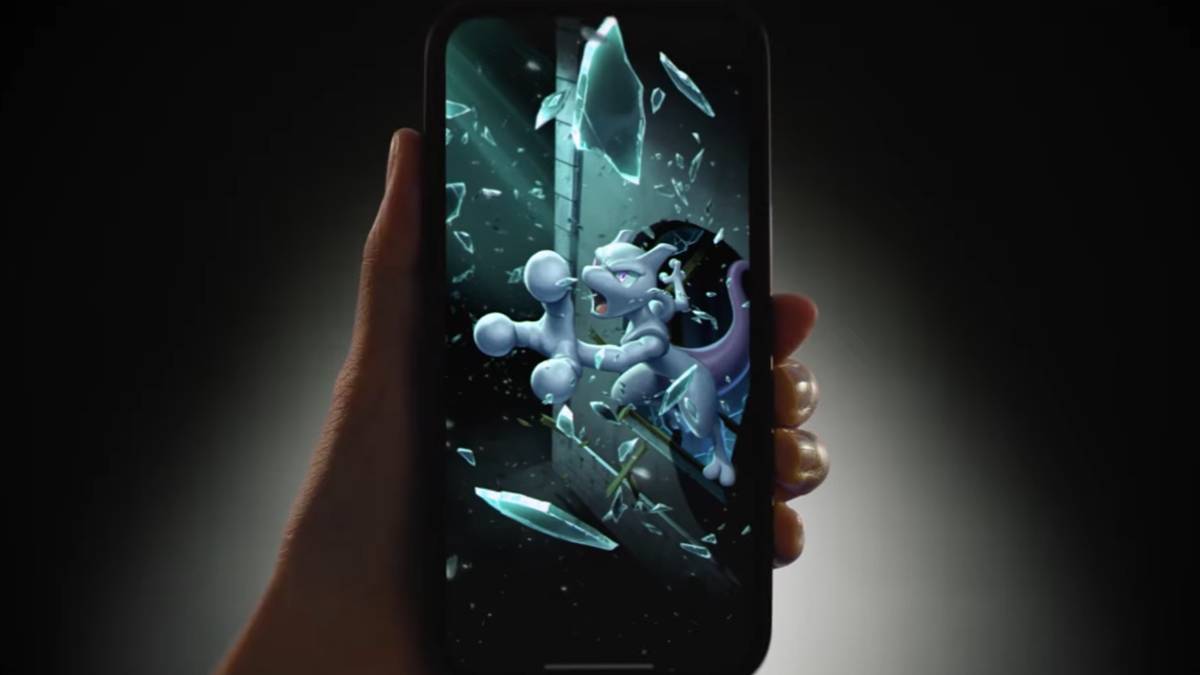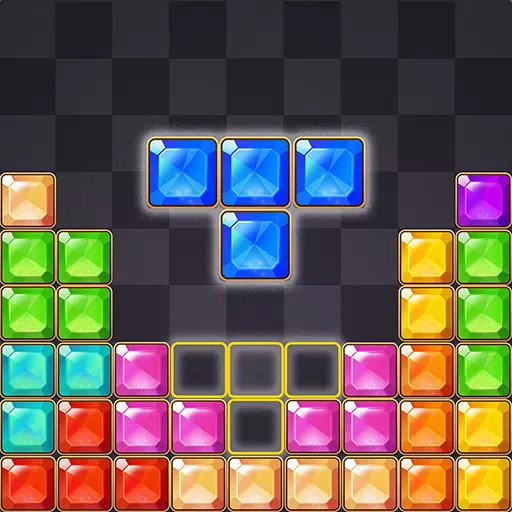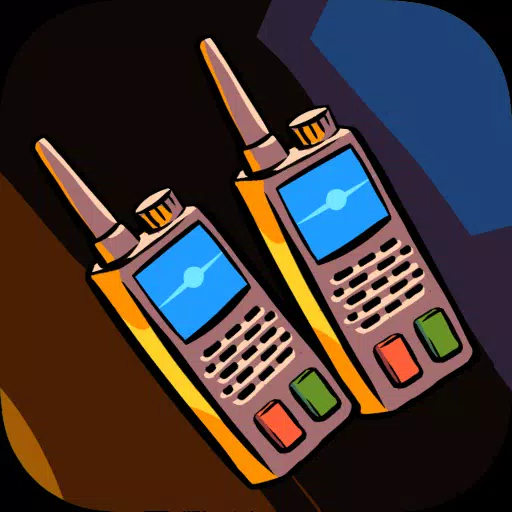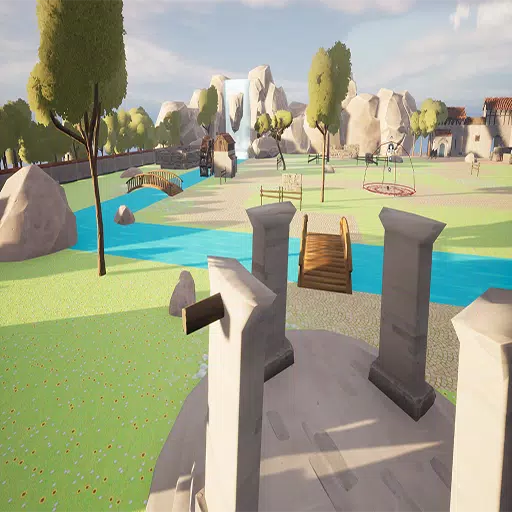"New Oblivion: Remake Appearance, Remaster Gameplay"
When Bethesda unveiled Oblivion Remastered earlier this week, I was struck with awe. The 2006 journey through Tamriel, once characterized by its quirky potato-faced characters and hazy low-res landscapes, has now transformed into the most visually stunning Elder Scrolls game to date. Having been conditioned by numerous HD overhauls to anticipate underwhelming remasters—like the barely distinguishable Mass Effect Legendary Edition and Dark Souls Remastered from their Xbox 360 origins—seeing the Imperial City I explored nearly two decades ago rendered in Unreal Engine 5 with ray tracing was nothing short of astonishing. Not only has the game received a visual upgrade, but it also boasts enhancements in combat, RPG systems, and countless other details. This led me to question whether Bethesda and developer Virtuos had misnamed the project. Should it be called Oblivion Remake rather than remastered?
It seems I wasn't the only one with this thought. Many fans have labeled it a remake, and even Bruce Nesmith, the senior game designer of the original Oblivion, stated, “I’m not sure [the word] remaster actually does it justice.” Yet, after several hours of gameplay, it became evident that while Oblivion Remastered looks like a remake, it fundamentally plays like a remaster.
The reasons behind Oblivion appearing as a remake are clear: Virtuos has done an extensive amount of work, with "every single asset redesigned from scratch." Every tree, sword, and crumbling castle you see on screen is brand new, meeting modern graphical standards. The game boasts beautifully textured environments, stunning lighting, and a revamped physics system that makes every arrow and weapon strike feel realistic. While the NPCs remain the same characters from 2006, every model has been recreated. This impressive overhaul aims not to merely look as you remember but to excel by 2025 standards. If I had seen this before the remaster rumors started, I might have mistaken it for The Elder Scrolls 6.
Beyond visuals, the combat system has been significantly improved, making swordplay feel more impactful than ever. The third-person camera now includes a functional reticule, and all menus, from the quest journal to dialogue and minigames like lockpicking and persuasion, have been refreshed. The original leveling system, often criticized, has been replaced with a more logical hybrid of Oblivion and Skyrim's approaches. And, at last, you can sprint. With such extensive upgrades, it's easy to argue that this falls into remake territory.
However, the debate over whether Oblivion Remastered is a remake or a remaster hinges on semantics. The industry lacks clear definitions for these terms, leading to confusion. For instance, Rockstar's "Definitive Edition" remasters of the Grand Theft Auto trilogy are still recognizable as PlayStation 2-era games with updated textures and lighting. In contrast, the Crash Bandicoot N. Sane Trilogy, also called a remaster, features entirely new graphical assets and appears modern. The situation is even more complex with remakes: Bluepoint’s Shadow of the Colossus and Demon’s Souls are rebuilt from the ground up but remain faithful to the originals, while Resident Evil 2 redesigns gameplay while sticking to the original structure. Final Fantasy 7 Remake and Rebirth go further, significantly altering design, script, and story. Despite these differences, all are considered remakes.
Historically, a game rebuilt from scratch in a modern engine was considered a remake, while remasters were more limited upgrades within the original technology. This distinction is increasingly outdated. A more relevant definition today might be that remasters are graphical overhauls that preserve the original game's design with some quality-of-life improvements, while remakes redesign the game from scratch. By this standard, Demon’s Souls and the upcoming Metal Gear Solid: Delta would be considered remasters, reserving the term "remake" for games that genuinely offer new takes on old ideas.
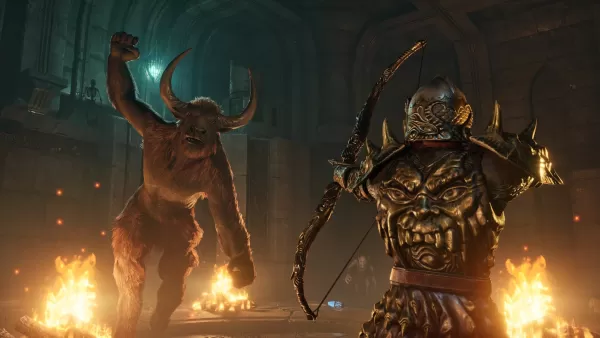
New lighting, fur, and metallic effects are just the beginning of the changes in Oblivion Remastered. Image credit: Bethesda / Virtuos
Applying these definitions, Oblivion Remastered rightly keeps its name. The new assets and Unreal Engine 5 ray tracing make it look brand new, but at its core, it retains the essence of a 20-year-old game, with its characteristic Bethesda quirks. As Bethesda explains, “We looked at every part and carefully upgraded it. But most of all, we never wanted to change the core. It’s still a game from a previous era and should feel like one.”
The signs of its age are unmistakable. They are evident in the loading screens behind every door, the perplexing persuasion minigame, the simplistic city designs that resemble stage sets, the stiff NPC movements, and the still somewhat detached combat system. The game retains many of its original bugs and glitches, preserved as part of its charm.
Recent releases like Obsidian’s Avowed showcase the future of game design, with kinetic combat and rewarding exploration that dwarf Oblivion Remastered's offerings. Yet, this remastered classic still has much to offer in 2025. The enchanting world of Cyrodiil, with its open fields filled with mysteries, remains captivating. The game's ambition shines through in dynamic events like goblin wars and its superior quest structure compared to Skyrim. The old-school approach to player freedom feels refreshing in an era of hand-holding. However, the game's finer details, from dialogue to level design, are clearly outdated. A remake would update these elements, but Oblivion Remastered is about reliving the past.
AnswerSee ResultsVideo games often borrow terminology from other media. In film, remakes are new productions with new casts, crews, scripts, and sets, while remasters enhance existing films to match modern standards. Yet, even with stunning 4K restorations, films like Jaws and The Godfather remain products of their time. Oblivion is similar to these restored classics; it pushes visual quality to the limit, recreating its exterior in a new engine. But underneath, it's unmistakably a product of the 2000s. Alex Murphy, executive producer at Virtuos, aptly described it during the reveal stream: "We think of the Oblivion game engine as the brain and Unreal 5 as the body. The brain drives all the world logic and gameplay and the body brings to life the experience that players have loved for almost 20 years."
Oblivion Remastered is precisely what it claims to be, and its achievements should not be understated. Rather than insisting it's a remake, we should use it as a benchmark for remasters from other major AAA developers. This is the standard that Mass Effect Legendary Edition and Grand Theft Auto: The Trilogy should have aimed for. Oblivion Remastered is a testament to passionate craftsmanship and loving preservation, embodying the essence of what a remaster should be.
Latest Articles





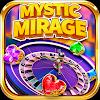





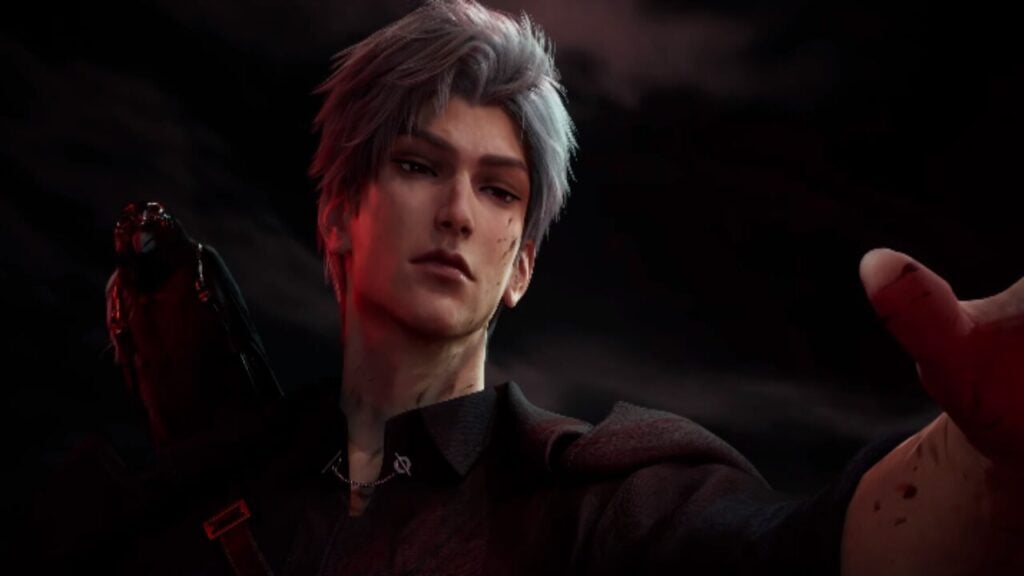
![Roblox Forsaken Characters Tier List [UPDATED] (2025)](https://images.dyk8.com/uploads/18/17380116246797f3e8a8a39.jpg)
